Originally published June 6th, 2016
Help! I am seeing signs of balding at 20! We think of hair loss as a problem for the old, but hair loss affects people at various ages for a number of reasons…
A change in hormones, improper diet, stress, unhealthy hair habits, genetics, medical conditions, illness, and even cosmetic procedures such as bleaching or perming hair can answer the question, "Why is my hair thinning?"
Many people assume hair loss is a problem that primarily affects older men and even fewer older women, and while there is some truth to that - generally speaking as you age your rate of hair growth slows - hair falling out and thinning hair can affect men and women of any age.
Losing Hair in Your 20s and 30s
Thinning hair, hair loss, and other hair-related issues can affect people as young as in their teens and early twenties. Some cannot begin to imagine what this must be like, as it is discouraging enough to think about hair loss as we get older, but hair falling out and hair loss at a young age is more common than you might think.
In fact, an estimated 40% of men will have noticeable hair loss by age 35, and an estimated 40% of women will have visible hair loss by the time they are 40.
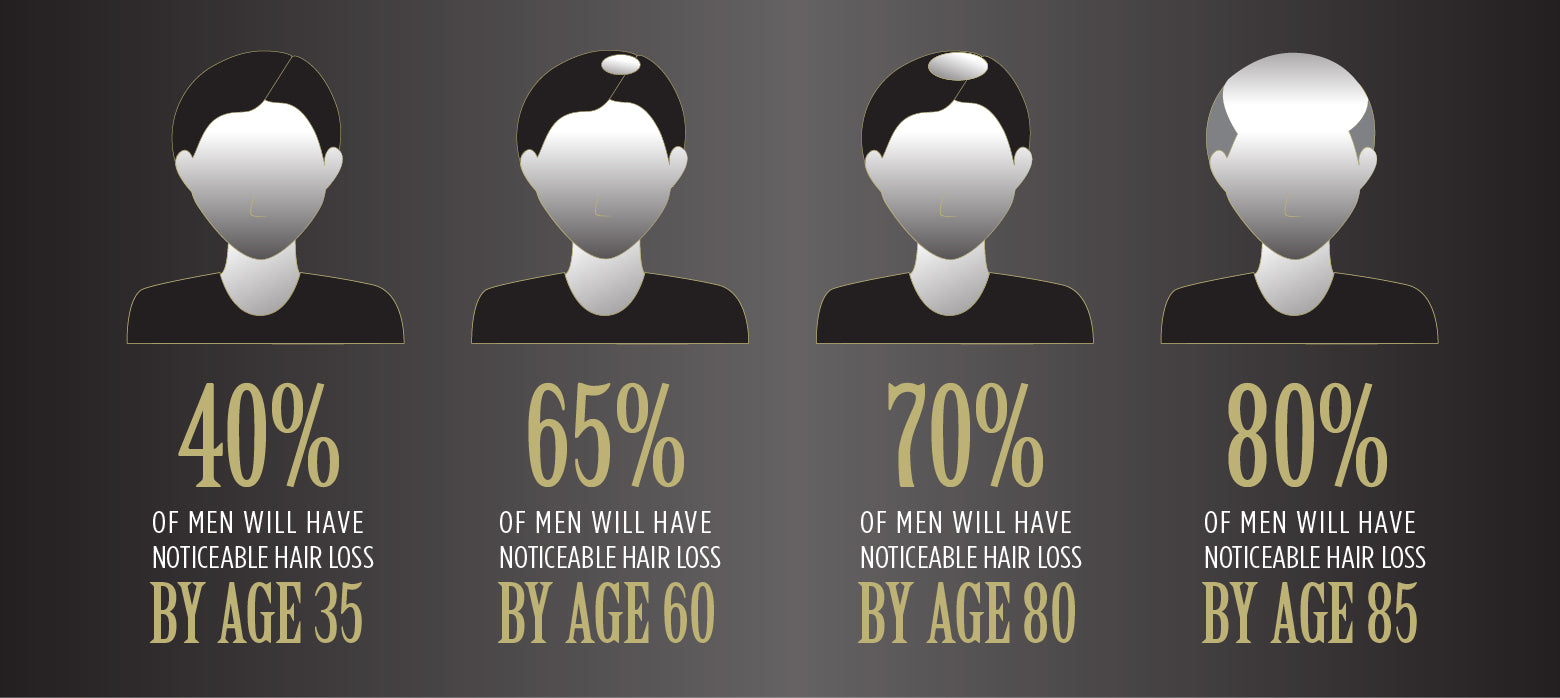
While hair loss at a young age can be alarming, it’s important to remember that the earlier thinning hair is noticed and any potential issue is diagnosed, the easier it may be to treat.
The solution may be as simple as a minor adjustment in diet or it may be part of a bigger health problem. Regardless, identifying the issue early is crucial when battling hair loss.
Whether or not there is a hair loss cure for your particular situation, you can discover how to take better care of yourself and your hair by knowing what to look for early on, gathering the facts, and taking any preventative measures to help minimize future damage.
Read on to learn about how you can help overcome hair loss, and the emotional toll that comes with it at a young age...
Signs of Early Hair Loss in Men and Women
Being aware of your hair’s health and its growth pattern is the first step to getting ahead of hair loss.
Ask yourself: Are there more strands of hair falling out in your hair brush than normal? Is there a large amount of hair on your pillow when you wake up in the morning?
Visual cues are a great way to determine if you’re beginning to lose more hair than normal.
For men, thinning hair usually starts with either a receding hairline or thinning at the crown of the head.
Women on the other hand begin to notice thinning hair around their part, as it gradually becomes wider. They may also notice that when their hair is pulled back they are able to see more of the scalp than before.
If you notice scalp irritation like dry or flaky skin, discoloration like red skin, or you begin to see small bald patches appear on your scalp, you should go to the doctor immediately so that he or she can assess the situation. This type of hair loss can be a reaction to something else going on with your body.
Seeing any of these signs can cause serious concern, especially at a young age. Stressing yourself out, however, isn’t going to do your hair any good.
While we understand the emotional toll hair loss can cause, there are still plenty of options available to you. Again, be sure to look for early signs so you can potentially reverse what is happening to your hair.
Hair Loss True/False
There is a wealth of information available on the topics of thinning hair, hair growth, hair loss cures, and the like. Let’s take a moment to clarify some important myths about hair loss...
Hair loss is hereditary.
True. Hair loss can be hereditary. Hereditary hair loss is called androgenetic alopecia, or for males, male pattern baldness, and for females, female pattern baldness. Androgenetic alopecia occurs when a hair follicle sheds and the hair that replaces it is thinner and finer than what was there previously. The hair follicles continue to shrink and eventually, hair stops growing altogether. However, contrary to popular belief, hereditary hair loss is not only inherited from the maternal side - it can be passed down from either the mother’s or father’s genes - but is more likely to occur if both parents have this issue.
Over-shampooing causes hair loss.
False. Many people tend to think that over-shampooing can cause hair loss because a lot of the time our hair falls out naturally in the shower, and it may seem like more hair falling out than normal.
Higher testosterone is linked to hair loss.
Somewhat true. If you have hereditary hair loss, what you inherit are hair follicles that have a higher sensitivity to DHT, which is a hormone composed of one type of testosterone. If testosterone were the only cause of hair loss though, all hair on your body would be expected to fall out.
Wearing hats can cause hair loss.
False. Hats, beanies, and the like do not cause hair loss.
Overexposure to the sun can cause hair loss.
Mostly False. UV radiation cannot interrupt hair follicle creation, but overexposure can weaken hair follicles by causing dullness and breakage. Are you ready to learn even more about thinning hair and hair loss? These facts might surprise you...
Facts & Figures on Hair Loss
You may feel alone if you are experiencing hair loss, but after looking at statistics, we hope you’ll see that almost everyone is affected by some type of hair loss in their lifetime.
For women, thinning hair and hair loss affects roughly one in four women, and 95% of those affected suffer from androgenetic alopecia. On average, women dealing with hair loss are between 25 and 35 years old.
This is a big contrast from the perception that thinning hair and hair loss is only related to older men and women.
Furthermore, 24% of women equate losing hair to losing a limb. This is how deeply emotional thinning hair and hair loss can be, especially for women.
By the age of 35, 66% of American men will experience some type of hair loss, and by the age of 50, about 85% of men will have significantly thinning hair.
For men with male pattern baldness, 25% will begin to see thinning hair or hair loss before they reach the age of 21.
These numbers prove that hair loss is not just an issue for older men and women, but in fact, affects many men and women in their early twenties and thirties as well.

There may be a silver lining to thinning hair and hair loss at a younger age though; your body may be more receptive to hair growth products and hair loss cures because hair follicles may still be capable of regrowth at this earlier age.
Next, we’ll take a look at the different causes for hair loss, and why they might be happening at a younger age...
Causes for Hair Loss in Young People
Hair loss can happen for all sorts of reasons, for example, it can be related to diet, exercise, illness, stress, disease, or hereditary causes.
For younger women, thinning hair is usually a result of poor nutrition, stress, disease, or changes in medications, like birth control.
Crash diets, weight loss, and low iron levels are all reasons why you may notice hair falling out or changes to hair growth. Make sure you are eating healthy foods for hair growth and exercising regularly to help yourself avoid this. A poor diet is the easiest thing to change when it comes to preventing hair loss.
Diseases more common to women, such as thyroid disease and lupus, are also culprits that contribute to hair loss. If you notice other symptoms besides thinning hair, consult with a doctor to find out what the issue could be.
Oral contraceptives can also contribute to hair loss. The hormones in birth control that suppress ovulation can sometimes cause thinning hair and hair loss. This is more likely to happen if you have androgenetic alopecia, but a hair loss cure is possible if you switch birth control or go off of it all together.
Thinning hair and hair loss in younger men is usually a result of androgenetic alopecia, but it can also be brought on by poor nutrition and stress.
Men have more DHT (the hormone androgen responsible for hair loss) than women in their body. Since hair loss is a result of the hair follicles’ sensitivity to DHT, thinning hair and hair loss often begins at an earlier stage for most men than women.
Again, a healthy and well-balanced diet, is essential for helping combat thinning hair problems. Regular exercise, not smoking, and drinking alcohol in moderation are also key practices to consider if you are struggling with hair loss at a young age.
Lastly, hair loss at any age can be upsetting, but it can be especially stressful in younger men and women who never expected to struggle with this particular problem at this stage in their lives.
Luckily there are a wide variety of hair loss cures available, from permanent to cosmetic, to treat thinning hair and hair loss...
Treating Hair Loss in Your 20s and 30s
At Toppik, we have made it our job to help people like you find the best hair loss cure and solution for your particular hair needs.
If you are looking for a temporary cosmetic solution for hair loss, consider trying Toppik Hair Building Fibers to cover any areas of thinning hair or scalp show-through. Available in nine shades that can be mixed to match almost any hair color, Hair Fibers come in four sizes to help with a wide arrange of hair loss needs. You can either shake or spray the Hair Fibers into thinning hair, and watch as your hair is instantly transformed. This is the quickest way to get the confidence you once had with a full head of hair.
Hair loss can be emotional and stressful, but it doesn’t have to be. The Hair Toppiks blog is a safe place of community and support where we hope everyone feels comfortable, but most importantly it’s here to show you that you are not alone in your struggle for a hair loss cure.
Write, email, or leave a comment below if you want to share your hair loss story with us - we hope it will inspire others and be a positive light on the emotional toll hair loss can take on others just like you.
Stay In the Know
We want everyone to know that hair loss can happen at any age, for a multitude of reasons, and to follow up on this story, next week we’ll show you how your daily routine can damage your hair, and what you can do to fix it.
If you want to be the first to know about new posts to the Hair Toppiks Blog, sign up for the Toppik VIP list to receive an email a couple times per month or check us out on Facebook!

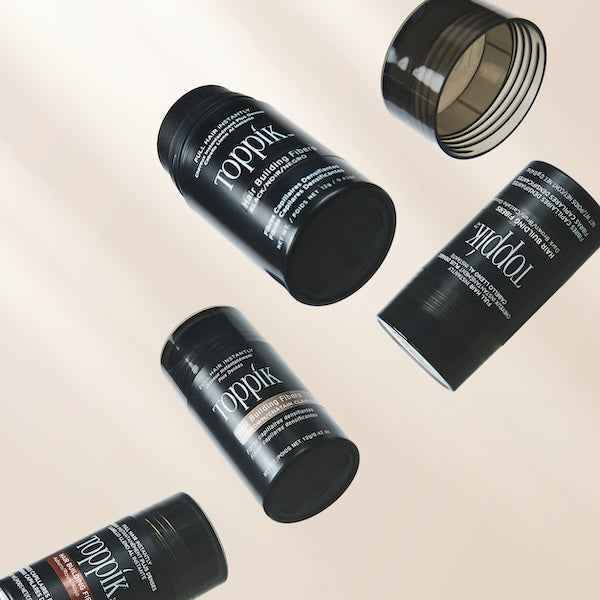
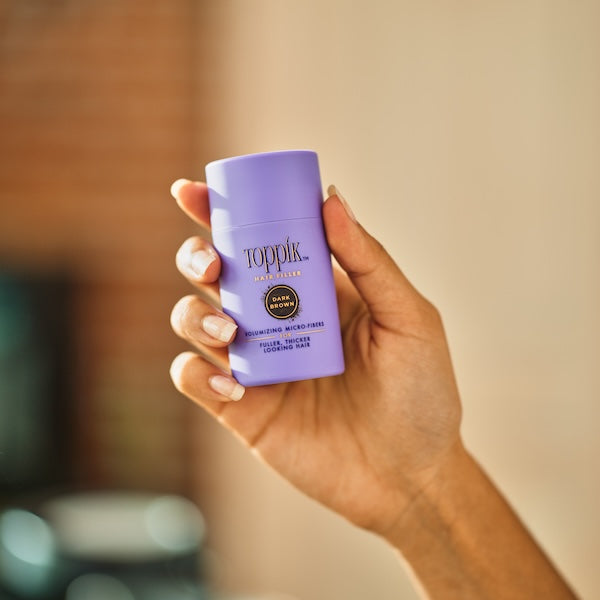
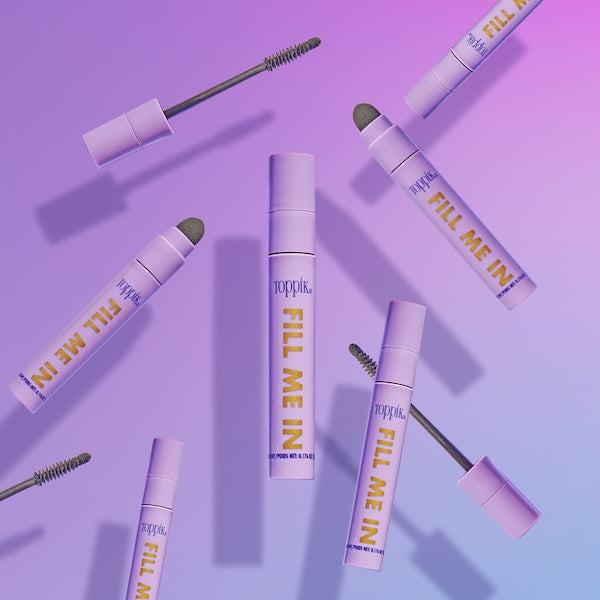
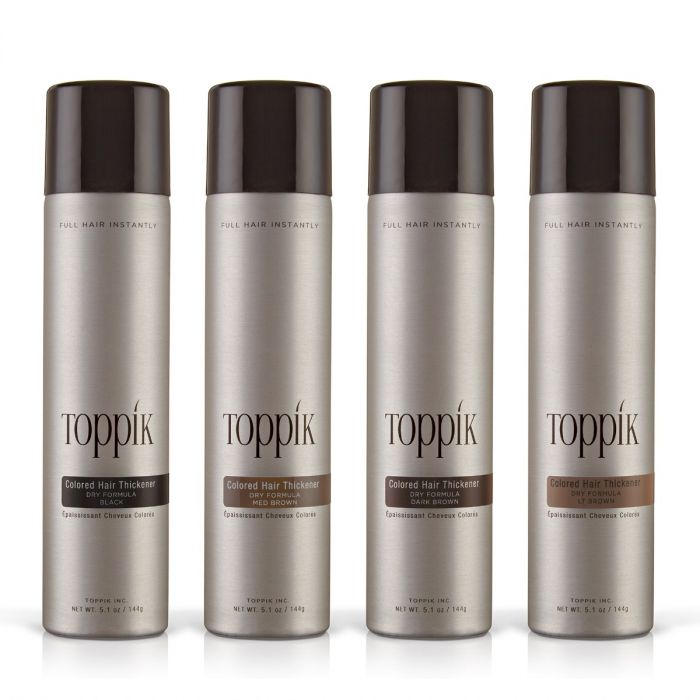
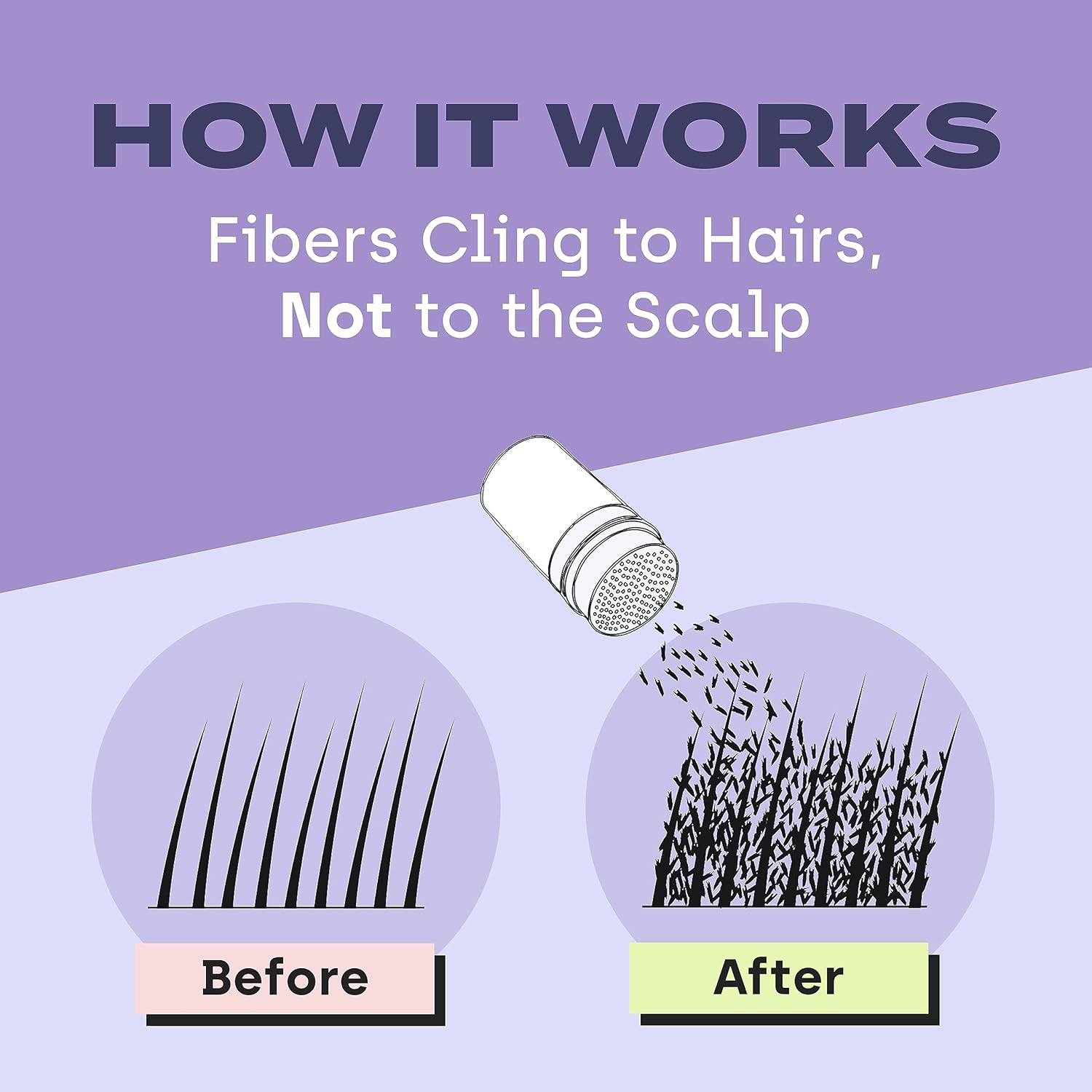
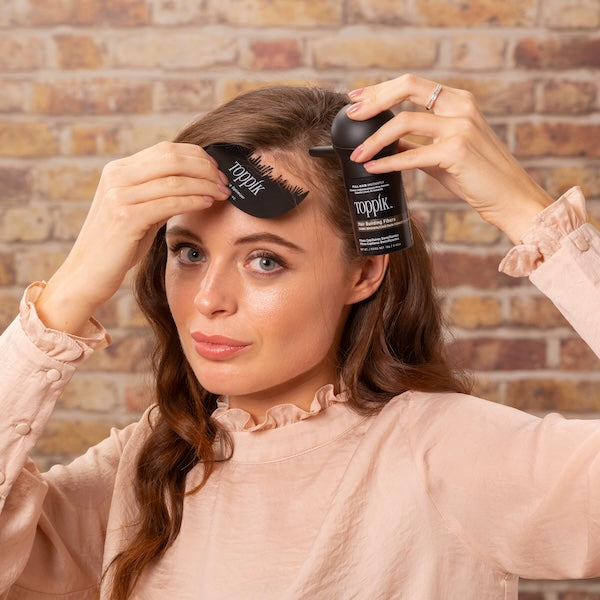

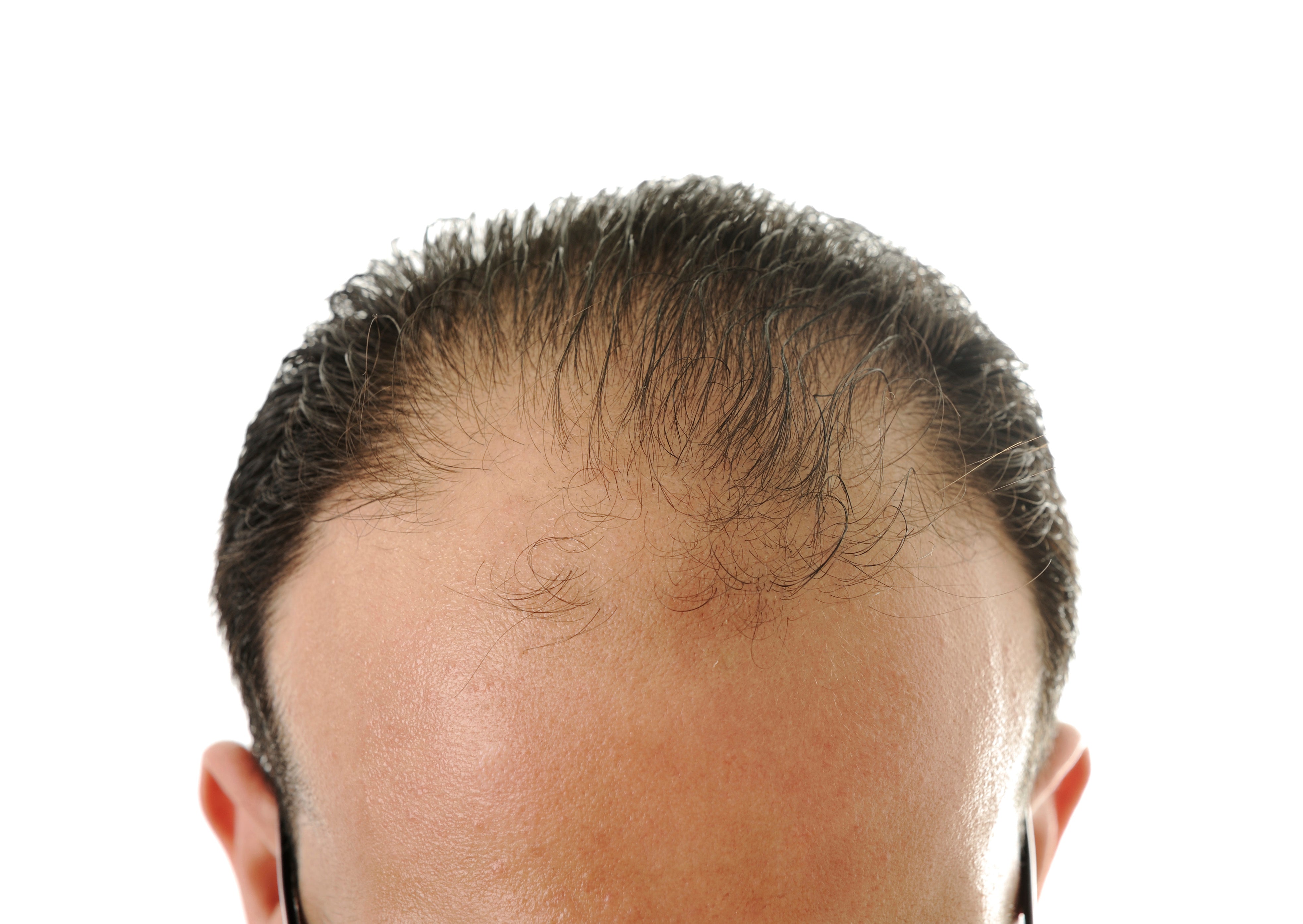
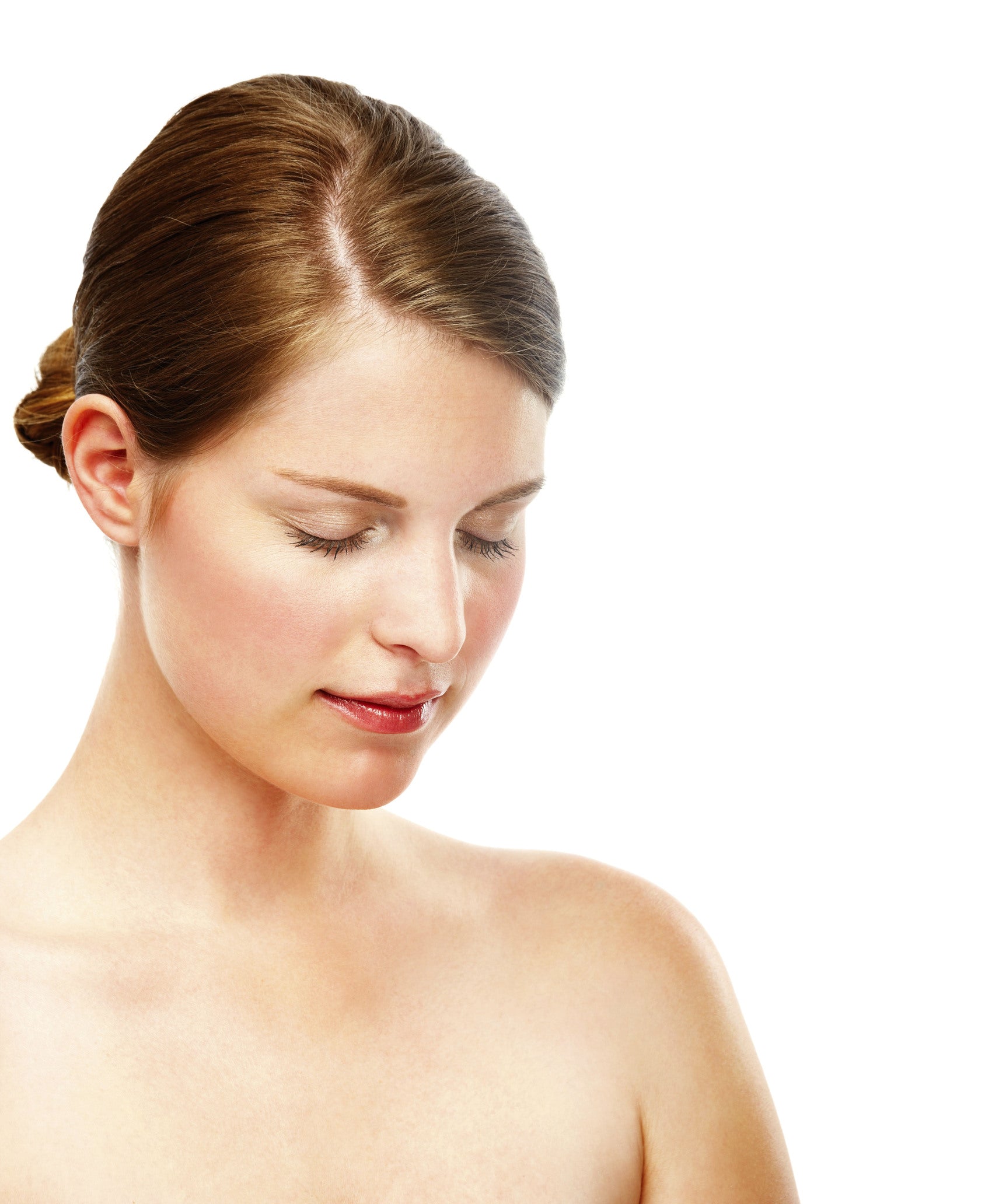
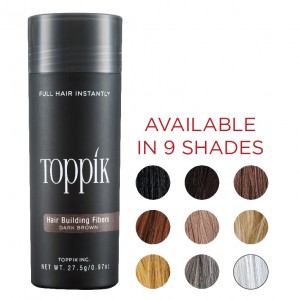
1 comment
Where can I purchase this product please thank u